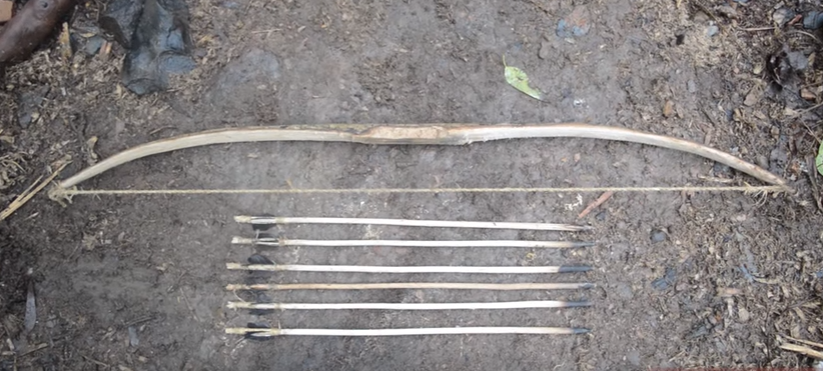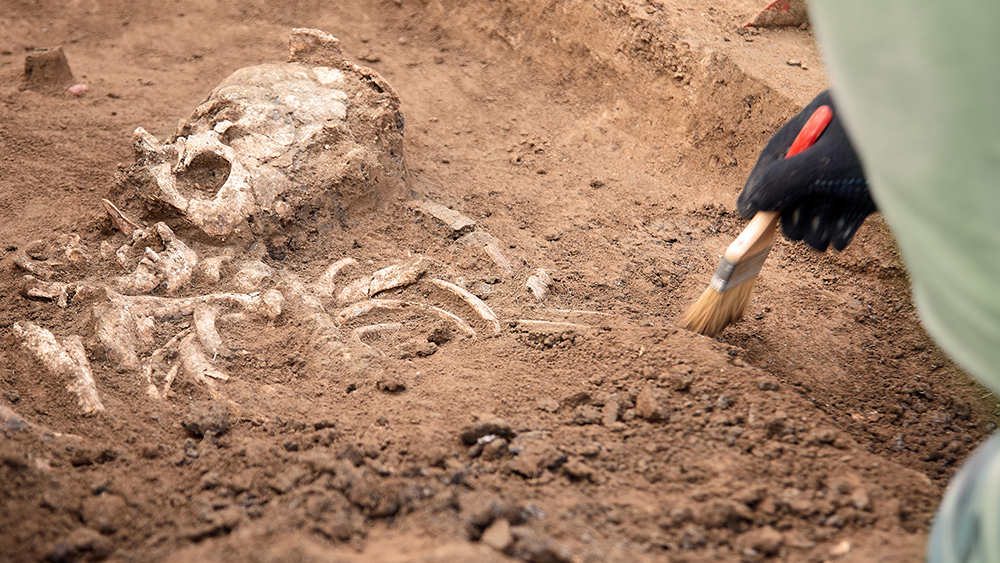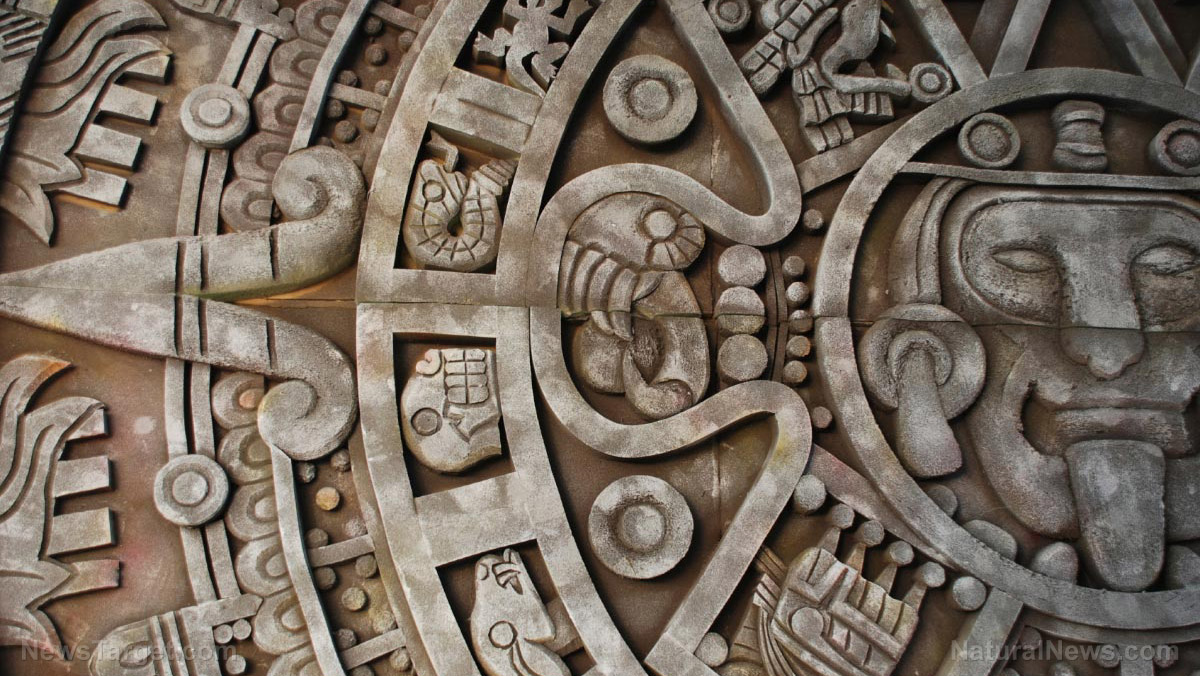Humans created bows and arrows in Europe 54,000 years ago, new archaeological study reveals
03/09/2023 / By Kevin Hughes

Early humans created bows and arrows in Europe as early as 54,000 years ago, according to a new archaeological study. This reinforced the notion that these weapons played an important role in the spread of early modern humans throughout the continent.
Researchers have uncovered the telltale stone points at the Grotte Mandrin rock shelter in southern France’s Rhône River Valley that was inhabited by Homo sapiens. They expounded on this discovery in a Feb. 22 paper published in Science Advances, claiming that the stone points possibly provided this human lineage an edge over Neanderthals when it comes to hunting prey.
Up until the discovery of the stone points, wooden artifacts in Northern Europe dating to 12,000 years ago were the first solid evidence of bow-and-arrow technology on the continent. Moreover, while Neanderthals were skillful at throwing spears – there is currently no proof that they ever used bows and arrows. According to the researchers, this could be one of the many reasons why modern humans eventually displaced Neanderthals across the continent about 40,000 years ago.
The same researchers involved in this study earlier discovered teeth and stone artifacts at the Grotte Mandrin site dating between 56,700 and 51,700 years ago. In a study published in Science Advances in 2022, they mentioned that the finds pushed back the original known date of the arrival of early modern humans in Europe by about 10,000 years.
The February 2023 study analyzed hundreds of stone artifacts from the same site, including more than 100 points that seem to be parts of arrowheads. Many were identical to arrowheads created by later Homo sapiens, and some had fractures and other damage at their tips that could have been made from an impact.
The study authors also made replica points from stone discovered near the rock shelter and fashioned them into arrows, spears and darts for spear-throwers, They were then used to shoot at or stab dead goats to simulate hunting prey. While some of the bigger points could have inflicted more damage as spear-heads, the smallest points wouldn’t have been harmful enough without the force from an arrow being fired from a bow. (Related: Researchers find proof that “spear-thrower and bow-and-arrow technologies” allowed modern humans to hunt better than Neanderthals.)
Grotte Mandrin also holds other artifacts
A separate report in Nature magazine said Grotte Mandrin also held bones of horses, which the researchers believe early modern humans hunted alongside bison. The two animals were easy prey while they were migrating through the Rhone River Valley.
Researchers have also discovered Neanderthal teeth, DNA and stone tools from the extinct group above and below Grotte Mandrin’s layer E.
The arrowheads made from stone and bone from the rock shelter aren’t the oldest proofs for bows and arrows anywhere, however. Supposed arrowheads that are more than 70,000 years old have been unearthed in South Africa. But some archaeologists claim that the small points from South Africa may not be proof of early arrows, claiming that these were made during the process of creating spears.
Nevertheless, the evidence from Grotte Mandrin attests to the skill of early modern humans with bows and arrows at the very early stage of their entry into Europe. The findings also counter the suggestion of some archaeologists that modern humans only mastered this technology only after replacing the Neanderthals.
Follow Artifacts.news for more stories like this.
Watch this video that explains how to make a bow and arrow.
This video is from the Truth Matters channel on Brighteon.com.
More related stories:
Study links unknown relatives of humans to over 1.2M-year-old tool workshop discovered in Ethiopia.
Sources include:
Submit a correction >>
Tagged Under:
ancient history, ancients, Archaeology, artifacts, bow and arrow, breakthrough, discoveries, Hidden History, Neanderthals, prehistory, Primitive Technology, real history, research, weapons technology
This article may contain statements that reflect the opinion of the author
RECENT NEWS & ARTICLES
COPYRIGHT © 2017 ARTIFACTS NEWS



















